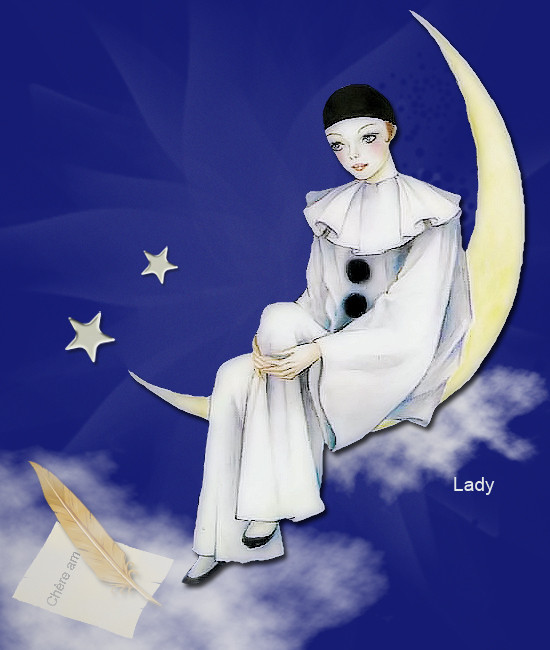

Columbine laughs at his advances his masters who are in pursuit of pretty young wives brush off his warnings to act their age. They present him as an anomaly among busy social personalities around him. 1639-1697).Īmong the French dramatists writing roles for Pierrot were Jean de Palaprat, Claude-Ignace Brugière de Barante, Antoine Houdar de la Motte, and Jean-François Regnard. Thereafter the character-sometimes a peasant, but more often now an Italianate "second" zanni-appeared fairly regularly in the Italians' offerings, his role always taken by one Giuseppe Giaratone (or Geratoni, fl. In 1673, the Comédie-Italienne made its own contribution to the Don Juan legend with an Addendum to "The Stone Guest", which included Molière's Pierrot. His origins among the Italian players in France go back to Molière's peasant Pierrot in Don Juan, or The Stone Guest (1665). Pierrot, on the other hand, as a "second" zanni, stands "on the periphery of the action." He dispenses advice and courts his master's young daughter, Columbine, bashfully. Both are comic servants, but Pedrolino, as a so-called first zanni, often acts with cunning and daring, an engine of the plot in the scenarios where he appears. Pierrot is sometimes said to be a French variant of the sixteenth-century Italian Pedrolino, but the two types have little but their names ("Little Pete") and social stations in common. National Gallery of Art, Washington, D.C. Origins: seventeenth century Antoine Watteau: Italian Actors, c. Much of that mythic quality ("I'm Pierrot," said David Bowie: "I'm Everyman") still adheres to the "sad clown" in the postmodern era. Many cultural movements found him amenable to their respective causes: Decadents turned him into a disillusioned foe of idealism Symbolists saw him as a lonely fellow-sufferer Modernists made him into a silent, alienated observer of the mysteries of the human condition. Pierrot's character developed from being a buffoon to an avatar of the disenfranchised. Sometimes he appears with a frilled collaret and a hat, usually with a close-fitting crown and wide round brim and, more rarely, with a conical shape like a dunce's cap. Performing unmasked, with a whitened face, he wears a loose white blouse with large buttons and wide white pantaloons. His character in contemporary popular culture - in poetry, fiction, and the visual arts, as well as works for the stage, screen, and concert hall - is that of the sad clown, often pining for love of Columbine, who usually breaks his heart and leaves him for Harlequin.


The name is a diminutive of Pierre (Peter), via the suffix -ot. Pierrot ( / ˈ p ɪər oʊ/ PEER-oh, US also / ˈ p iː ə r oʊ, ˌ p iː ə ˈ r oʊ/ PEE-ə-roh, PEE-ə- ROH, French: ( listen)) is a stock character of pantomime and commedia dell'arte, whose origins are in the late seventeenth-century Italian troupe of players performing in Paris and known as the Comédie-Italienne.


 0 kommentar(er)
0 kommentar(er)
